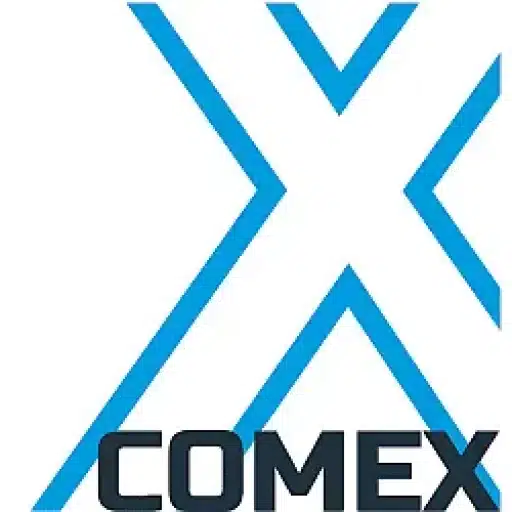+31 (0)43 30 88 400 | office@comex.eu

More control, less cost: the smart choice for hybrid storage
More control, less cost: the smart choice for hybrid storage
As enterprise IT landscapes continue to evolve, so does the demand for more sophisticated and flexible storage solutions. Hybrid storage infrastructures offer a versatile solution that combines the strengths of both on-premise and cloud-based systems. In this blog, we explore the key reasons why organizations are taking a hybrid approach to data storage.
Flexibility and scalability
One of the biggest advantages of hybrid storage is its unique flexibility. Organizations can quickly scale up or down depending on their needs without heavy investment. At the same time, keeping critical data on on-premise solutions, such as the Silent Brick Pro and Silent Cube, provides the security and control needed for sensitive information. In addition, these systems also offer unique flexibility and scalability compared to other on-premise storage due to their modular design.
Cost savings
Although the cloud offers attractive low initial costs, costs can add up over the long term, especially for large data transfers and storage. A hybrid system allows companies to optimize overall storage costs by dynamically placing data based on cost, performance and security requirements. This means that less critical data can be stored inexpensively in the cloud, while sensitive data is kept locally where costs are more manageable.
Improved performance and speed
Hybrid solutions can improve data access times by keeping critical data closer to the end user, resulting in faster load times and reduced latency. This is especially important for applications that require high performance, such as large databases and real-time processing.
Compliance and security
Many companies are bound by strict regulations when it comes to data storage and management. Hybrid storage makes it possible to meet legal and company-specific compliance requirements by keeping sensitive data on-premises. This reduces the risk of data breaches and provides better control over who has access to the information.
Successful cloud exit of 37signals creates huge cost savings and greater control
In October 2022, 37signals made the remarkable decision to leave the cloud behind. This move not only brought sweeping operational changes, but also resulted in significant cost savings. Annual spending on cloud services was reduced from $3.2 million to $1.3 million, while a one-time investment of $700,000 in Dell servers was made. This results in annual savings of nearly $2 million, with projected total savings of $10 million over a five-year period.
CTO David Heinemeier Hansson emphasized that the cloud is not the optimal solution for every company. While start-ups benefit from the flexibility, for established companies, a hybrid or fully on-premises approach often proves to better suit their needs.
The project also provided some valuable strategic insights. Team size remained unchanged, as managing proprietary systems proved easier than expected. In addition, the new servers attest to a long-term vision, designed to last five to seven years. Finally, the company is looking ahead to the summer of 2024, when they plan to migrate their storage services from AWS S3 to their own systems. This will increase their capacity from 10 to 18 petabytes, a significant improvement in their storage infrastructure.
You can read more about 37signals’ successful cloud exit here.
Key themes summarized
The choice of a hybrid storage infrastructure is often driven by the need for flexibility, cost savings, improved performance, compliance and security. This approach allows companies to leverage the benefits of both on-premise and cloud storage, while minimizing risk and maximizing operational efficiency. In our next blog, we will take a closer look at how companies can decide which data is best kept on-premise or in the cloud.

